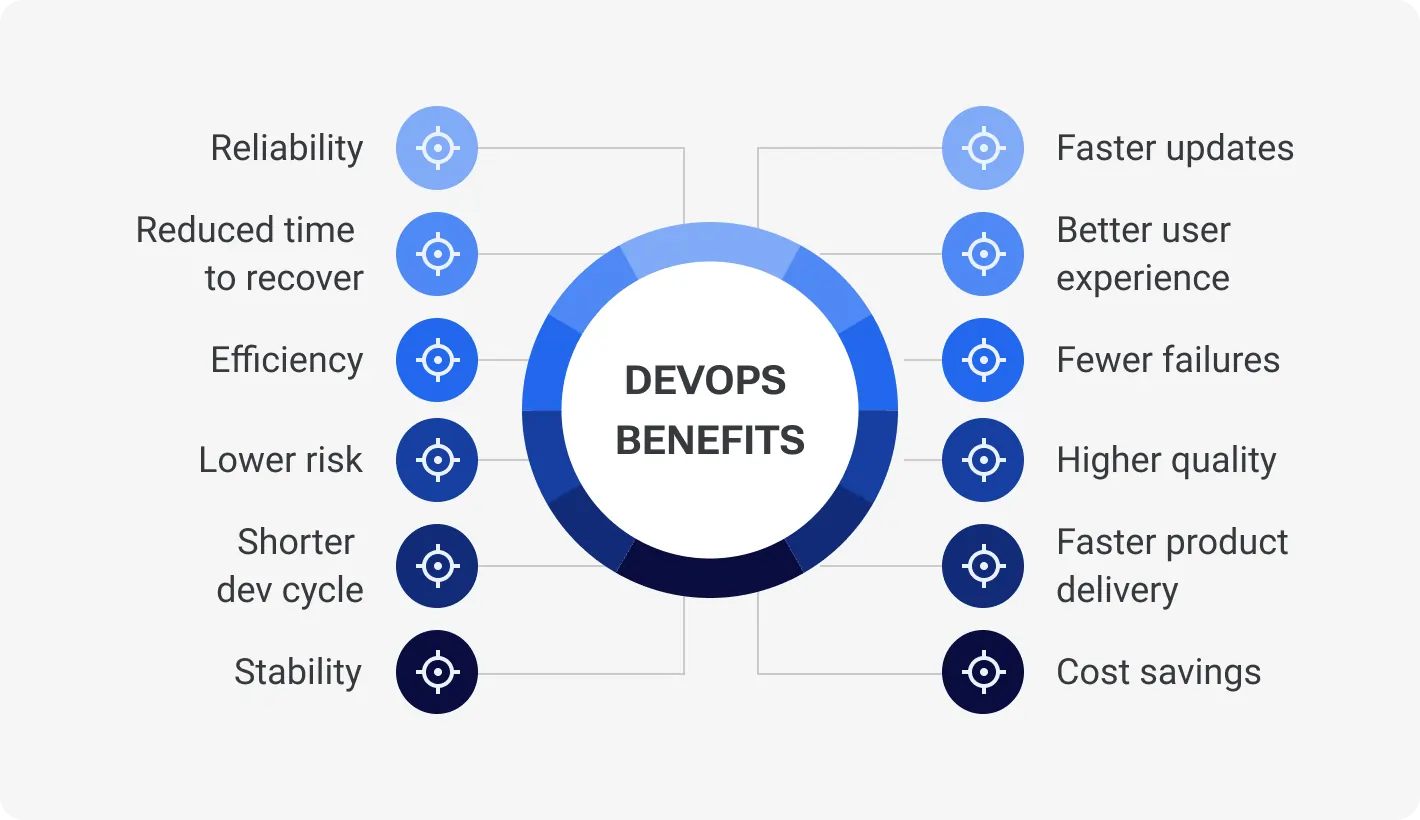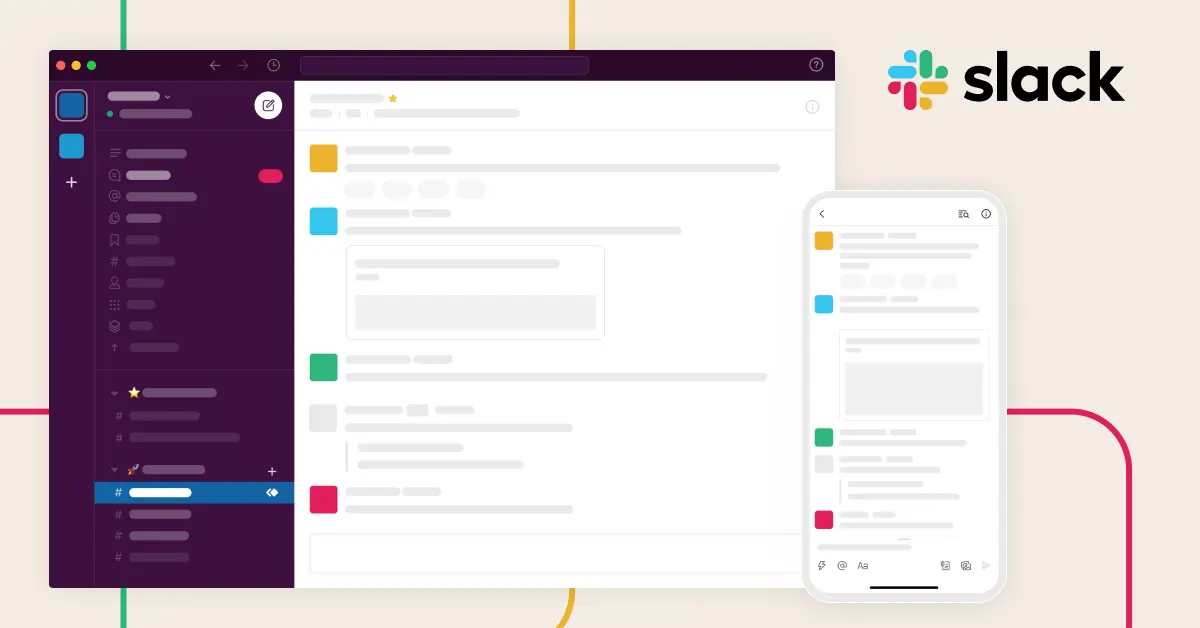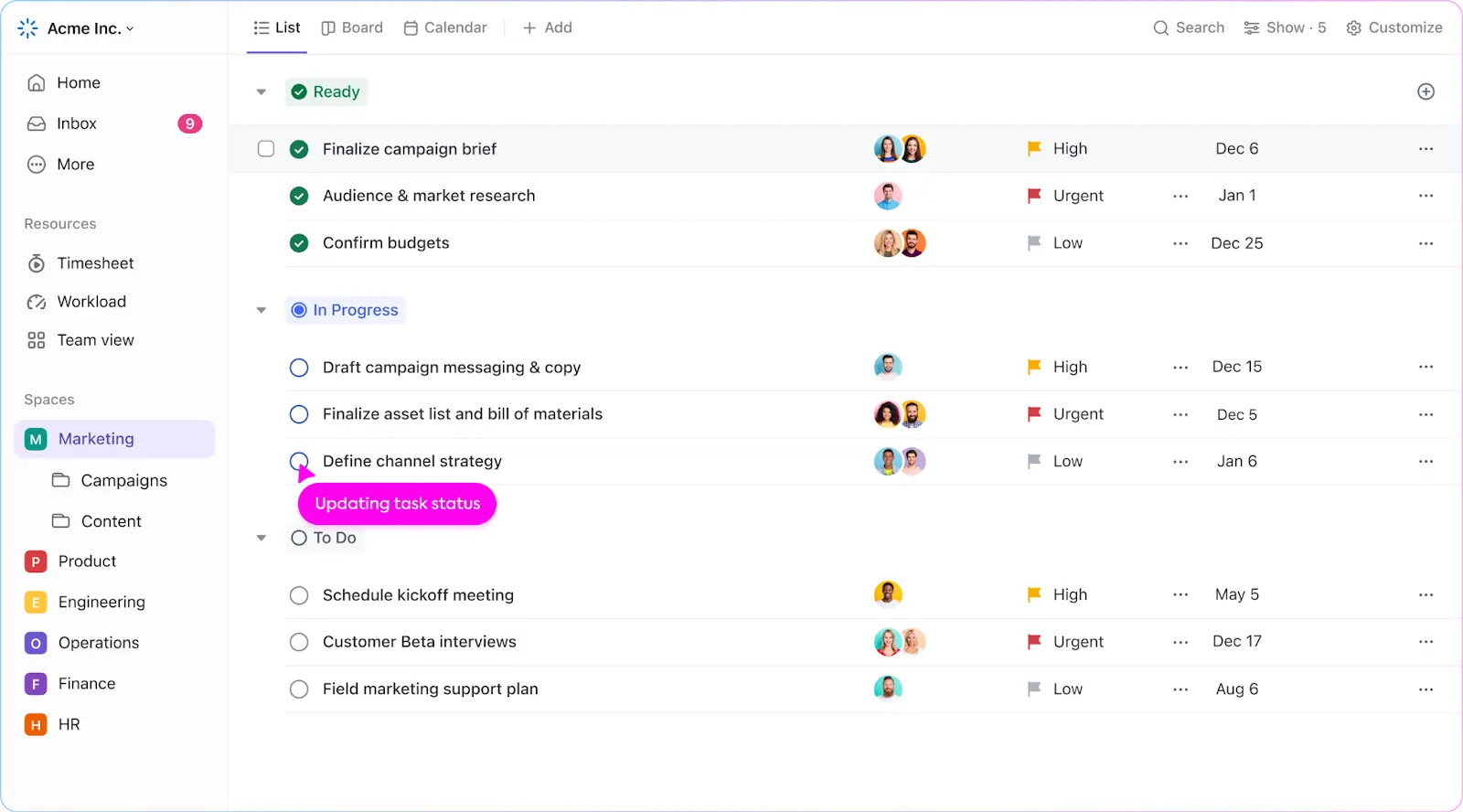Are you still working under traditional methodologies? Then you've probably already experienced organizational silos due to the isolated functioning of development and operations departments. They can provoke delays and various quality flaws.
Have you ever thought about how it is possible to eliminate them? It can be a great solution to implement DevOps in an organization. This scheme of work involves the cohesion of the development and operations teams, leading to a wide range of advantages.
The effectiveness of this methodology is proven by the fact that even market giants are adopting it. About 80% of the world's 5,000 largest companies operate under this model.
Are you interested in a better and more united functioning of your organization? From this article, you will get a comprehensive DevOps implementation guide!
Embrace DevOps and reduce your time-to-market by 21%, elevating your business to new heights of success
The most essential DevOps advantages with real-life examples
Still questioning whether it's worth it? Keep reading to find out the main DevOps benefits thanks to which numerous companies globally choose to introduce this methodology. Also, we will consider some cases of its successful implementation.
8 reasons to implement DevOps in your organization
This endeavor can bear substantial fruit. Here are the most common perks businesses enjoy after introducing the new functioning pattern:
Uniting all the staff. This workflow pattern involves cohesive communication and cooperation between various departments. By establishing effective collaboration, you can unite your personnel into one close-knit team that will strive for a common global company goal.
Raising staff productivity. When everyone understands the global purpose of their work and their important role, their motivation increases. By communicating effectively with colleagues both within the department and throughout the whole organization, all staff go together toward a shared goal. And team spirit increases their productivity.
Speeding up code deployment and delivery. This operating model provides for automating some processes. First of all, the chain of steps that the code goes through from the developer’s desktop to the market is automated. It speeds up workflow and improves performance.
Accelerating time-to-market. This is one of the most crucial advantages. In today's fiercely competitive environment, it is vital for any company not to stagnate, but to get their idea to market promptly. This becomes possible after the introduction of a new operating model.
Eliminating mistakes. Automating processes helps to avoid human error. This leads to a faster pace and higher quality of work.
Upgrading product quality. Automation reduces the number of errors. Meanwhile, a more coordinated cooperation of developers and operations managers gives an opportunity to customize the product to the interests and requests of the target audience as accurately as possible. This can help gain a significant competitive advantage.
Getting greater flexibility. In today's world, market demands are constantly changing. Therefore, it is vital to adapt to new customer demands swiftly, as well as stay ahead of competitors. Implementing the new methodology will allow you to shorten the time that release updates take, thus, becoming more agile.
Shortening time for recovery. Thanks to the technologies utilized with this model, it is possible to recover the product faster after crashes and failures. This will reduce losses due to force majeure.

Real-life examples: How DevOps solved the problems of market giants
Many large companies have experienced the shortcomings of traditional functioning models, so they decided to switch to a new one. Here are some cases of successful implementation of this methodology into work processes.
BBC
The UK leader in broadcasting was experiencing difficulties related to adhering to traditional work patterns. They found that delivering content to different digital platforms in a coordinated way was not so easy.
By implementing continuous integration/delivery (CI/CD) pipelines and automated tests, the organization has achieved quicker and more reliable content delivery, as well as optimizing operational process costs.
American Airlines
The leading airline company faced incurring too much loss in case of failures. To reduce the amount of time the system spends idle due to failures, the organization implemented continuous monitoring of system health and automation of recovery processes. This has helped to reduce losses, as well as improve customer experience.
DevOps implementation guide: From A to Z
Do you want to gain multiple competitive advantages by implementing a new operating model, but don't know how? Here are detailed practical recommendations on how to achieve this goal in 5 steps.
Step 1: Identifying the starting point
To understand what direction to take and how, it is first necessary to determine where your journey begins. To find out your starting point, conduct a thorough analysis of your company's current work pattern. Find answers to the following questions:
What technologies are currently used in the development and organization processes?
How does communication occur within and between departments? Is it effective?
What hard and soft skills do your employees currently possess?
How productive are your business processes?
Where do you rank among your competitors and are you keeping up with market demands?
Are you flexible enough to make quick changes and updates as needed?
What workflow issues are the most paramount at the moment?
The answers to all these questions will further enable you to formulate clear goals that you want to achieve through the implementation of the new methodology.
Step 2: Making plans and setting goals
Clearly defined goals are half the success. In such serious matters as the introduction of a new scheme of work, you cannot act blindly. You need to be certain about the outcome you are aiming for.
The goals of introducing a new operating model must keep pace with market demands as well as align with the company's global mission. In addition, they should be:
Measurable. The objective should not be vague but should have a metric or KPI that measures it. Define certain numbers you want to reach.
Time-limited. To keep your process of transition to a new work format from dragging on for eternity, break it down into several smaller goals and set a deadline for accomplishing each one.
Realistic. To ensure that your objectives of taking your company to the next level never remain dreams, consider how realistic it is to accomplish your goals. You can, of course, set yourself the goal of completely overhauling your organization's culture and processes in 1 day, but it's unlikely to happen without magic. To set truly achievable goals and timelines, consult with DevOps experts in this methodology, and take a cue from competitors who have already achieved objectives similar to yours.
Also, when setting goals, think immediately about what stumbling blocks you are likely to encounter and how it is possible to overcome them. This will help you not to give up facing some difficulties and eventually succeed.
Step 3: Making culture changes
To improve the interaction between all employees in the company, you need to establish a new atmosphere throughout your organization. Here are some suggestions of what you should do to set up a DevOps culture.
Nurture honest communication
Encourage employees to be open with each other. They should not be afraid to express their opinions and put forward their ideas. They should also be able to talk calmly about obstacles that prevent them from achieving their goals. This will help the company grow even better and faster.
Promote shared responsibility
Don't encourage the practice of blaming one particular employee for a failure. Develop a community spirit where all team members are held accountable for the project they are working on.
Encourage cross-team cooperation
Make sure that all the conditions are in place so that employees from different teams can communicate with each other comfortably and effectively. For this, you can hold common meetings and use work chats in specialized applications like Slack.
Slack, a corporate chat application, helps to establish effective cross-team communication
Eliminate data silos
Isolating critical information can lead to serious difficulties, such as missed deadlines or significant inconsistencies in finished products. To avoid this, create a database of crucial information and make sure everyone knows where to look for that data. Also, ensure effective communication between departments, so that employees can share important information with each other quickly and accurately.
Stimulate transparency
For members of different departments to be able to work effectively towards one common goal, there needs to be transparency regarding decision-making, as well as setting and completing tasks across the organization. Task managers like Jira, Trello, or ClickUp can help with this.
ClickUp task manager can help foster transparency throughout the organization
Get continuous learning and improvement going
Permanent professional development enables staff to be more flexible, better able to adapt to changing market conditions, and more effective in their tasks. And your company will benefit from this accordingly.
To ensure continuous learning:
conduct internal training;
organize a knowledge base within the company;
allocate budget for external courses, professional conferences, etc.
How to successfully transition your team to a DevOps culture
Step 4: Choosing and setting up automation tools
Automation can give you significant benefits, such as:
productivity improvement;
reducing the risk of human error
accelerating time to market;
improved ability to adapt to market changes, etc.
Below, we will take a look at what tools are usually used within the DevOps methodology.
Software for version control
These are systems that store information about different versions of code. This allows developers to be more flexible and confident. They can “save the game” and not be afraid to experiment, as they can roll back to the most successful and well-performing version easily and quickly at any time.
Infrastructure as code
IaC automates the provisioning of infrastructure, such as networks and virtual machines, without the need for manual settings. This allows for faster infrastructure provisioning speed and increased reliability of the environment.
CI/CD pipelines
It's a set of tools to automate all the stages a code undergoes from being completed until getting to market, such as:
releasing to the repository;
This kit of instruments usually includes code analyzers, compilers, automated tests, etc.
Step 5: Tracking results and progressing uninterruptedly
Monitoring success is crucial to understanding how close you are to the set objectives and how you could correct your strategy to get even better results. For this, use specific metrics such as:
Deployment frequency. This is the number of the new deployed code versions within a certain time frame. It reflects the productivity and agility of the development department.
Lead time. This is the amount of time that passed from the idea to the finished project. This rate directly demonstrates staff productivity.
Defect rates. This is the percentage of "bad" units in their total number. This metric displays the quality of the code.
Encourage making decisions based on this data and continue to develop and experiment further. Even if you did not achieve your goals within the specified deadline, learn from this for the future and build your next strategy with this in mind.
DevOps KPIs and metrics to measure success
How IT outsourcing can simplify your DevOps implementation path
Outsourcing DevOps for businesses can be the key to solving many challenges associated with the introduction of a new operating model. Find out more details about this in the table below.
DevOps implementation challenges and how outsourcing can help overcome them
Challenge
Solution provided by outsourcing
If you resort to an outsourcing company, you won’t have to look for the required talent by yourself. You immediately get the knowledge and experience of seasoned DevOps engineers.
By choosing outsourcing, you save time on building your own DevOps team from scratch.
With outsourcing, you don’t need to make a huge investment right away. You choose the volume of services and when to order them by yourself.
Top specialists from Devico have extensive experience and are ready to provide you with high-quality DevOps services at a reasonable price without hidden extra fees. Contact us for a personal IT consultation!
Conclusion
The introduction of DevOps allows you to speed up work, optimize costs, and become more flexible. All this gives a competitive advantage, which is very important for any modern organization. To successfully implement this methodology, you need to:
analyze your present-day work processes thoroughly;
conduct a range of cultural changes;
select and implement the right set of automation tools;
constantly monitor success, adjusting the strategy as necessary.
If you are limited in time, resources, or budget, DevOps outsourcing can be a great option. With this solution, you will receive high expertise and quality services without extra time-wasting or huge investments.
Ready to enhance your IT infrastructure's efficiency?






